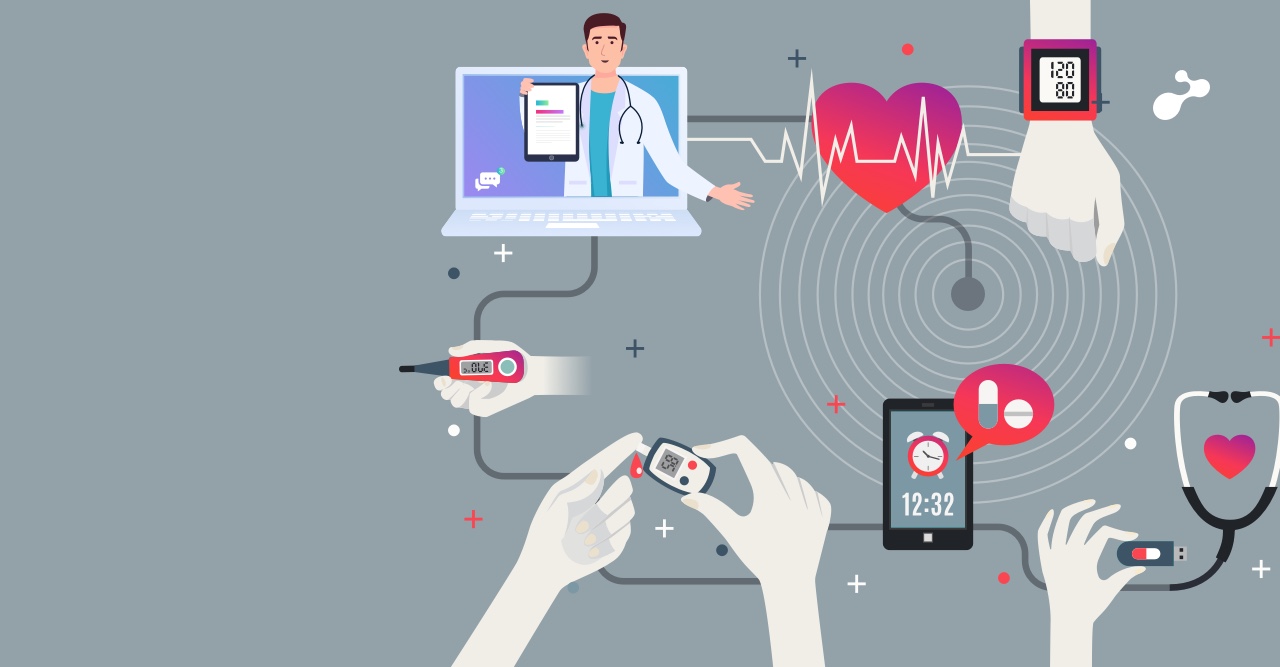Healthcare customers constantly look for a breakthrough in capabilities which can bring competitive edge and higher efficiency of operations to their organization. On the other hand, healthcare industry is so peculiar that it is impossible for any single Independent Software Vendor (ISV) to provide all features and functionalities demanded by the industry. So what's the way out? Interoperability it is.
Interoperability amongst various healthcare ISV products will ensure that customers get benefited through high value solutions (IoT driven real-time analytics or even advanced processing of unstructured data etc.) even though these solutions are offered by different providers. If one has to see from top then it is like one healthcare system formed through different modules that fit together nicely. By this, healthcare practitioners, patients, hospitals, insurers, government and all other stakeholders will get seamless access to the system and achieve more transparency.
Let's now come to a use case of Clinical Document Architecture (CDA). CDA provides a structure for medical records such as progress notes or discharge summary. And since this structure is defined by HL7 International, all ISVs follow it in their application design. The CDA can include text, images and other types of multimedia which when put together form the Electronic Health Records (EHRs). The benefit that overall healthcare ecosystem gets from this is better exchange of information between different players of healthcare community.
Let me know what other concepts should be incorporated while designing a better interoperable healthcare system in your comments.

.jpg)








